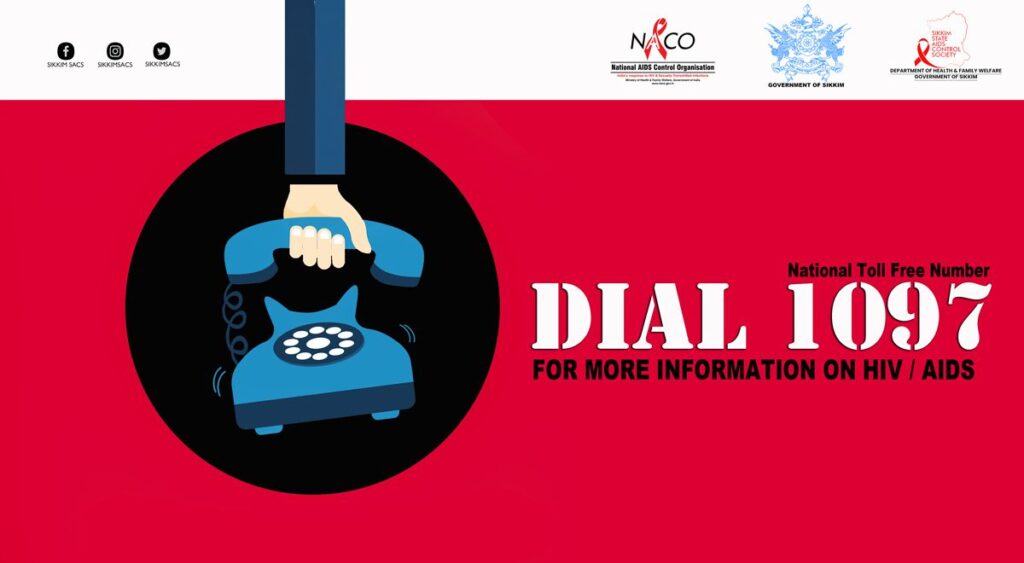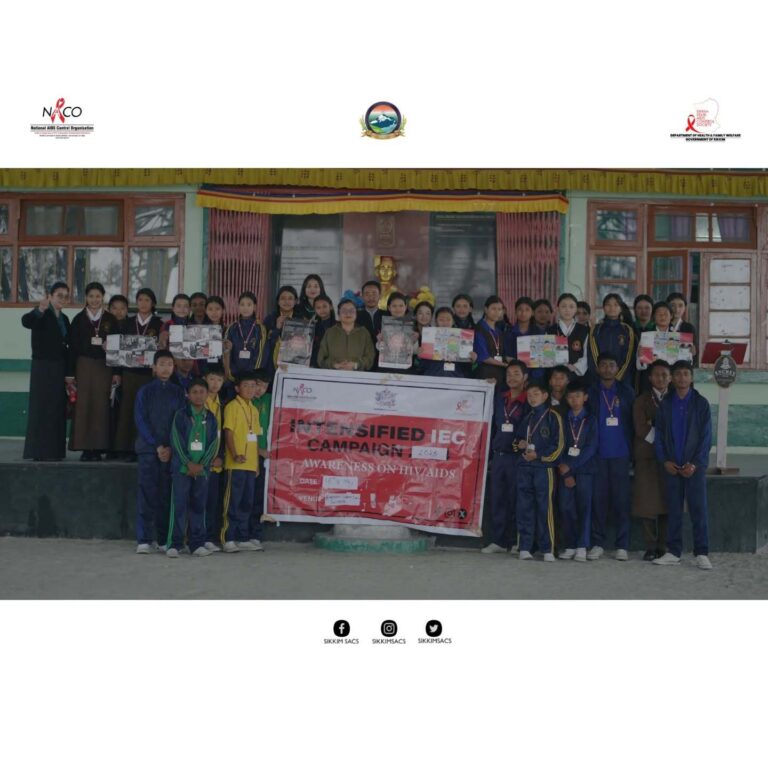sikkim state aids control society
The Global HIV/AIDS Epidemic
HIV, the virus that causes AIDS, is one of the world’s most serious public health challenges.
But there is a global commitment to stopping new HIV infections and ensuring that everyone with HIV has access to HIV treatment.
HIV Treatment Access — As of the end of 2020, 27.4 million people with HIV (73%) were accessing antiretroviral therapy (ART) globally. That means 10.2 million people are still waiting. HIV treatment access is key to the global effort to end AIDS as a public health threat. People with HIV who are aware of their status, take ART daily as prescribed, and get and keep an undetectable viral load can live long, healthy lives and have effectively no risk of sexually transmitting HIV to their HIV-negative partners.
About us
who we are?
Sikkim State AIDS Control Society (SSACS) was established back in April, 1999 with a goal to halt and reverse the epidemic of AIDS. While we function as per the guidelines of National AIDS Control Programme (NACO), we have also established Targeted Intervention Programmes which is implemented through the help of local NGOs.
our updates


TENDER AND NOTice
our work
what we do?

In 1992, the Government of India launched the first National AIDS Control Programme (NACP-I) which was implemented during 1992-1999 with an objective to slow down the spread of HIV infections, so as to reduce, morbidity and mortality and impact of AIDS in the country.

While the vast majority of HIV infections in India are attributed to the sexual route of transmission, we are mindful that the transfusion of unsafe blood and blood products account for 2.07 percent of the HIV infections in the country in 2004-2005. Access to safe blood is maintained by law, and is the primary responsibility of NACO.

The state has one Anti Retroviral Therapy Centre (ART) housed at the Sikkim SACS building, Near STNM Hospital Complex, Gangtok. Patients from different districts are registered and followed up with clinical assessment and CD4 counting.

Red Ribbon is the symbol of solidarity, hope and support for those living with HIV. It is also a symbol for the continuing education to those who are not infected and for maximum efforts to find treatment. Most significantly it is the symbol if awareness for HIV/AIDS.
Instagram Gallery
hiv aids by the numbers
The pace of progress in reducing new HIV infections, increasing access to treatment and ending AIDS-related deaths is slowing down. See the latest data on HIV.
People were newly infected with HIV in 2019
People were living with HIV
People died of AIDS-related illnesses
let's stop hiv together
our mission
Our mission and priority lie in providing the high-risk population (Female Sex Workers -FSW, Male Having Sex with Male-MSM and Injecting Drug Users – IDUs) with the information, means and skills they need to minimise HIV transmission and improving their access to care, support and treatment.





